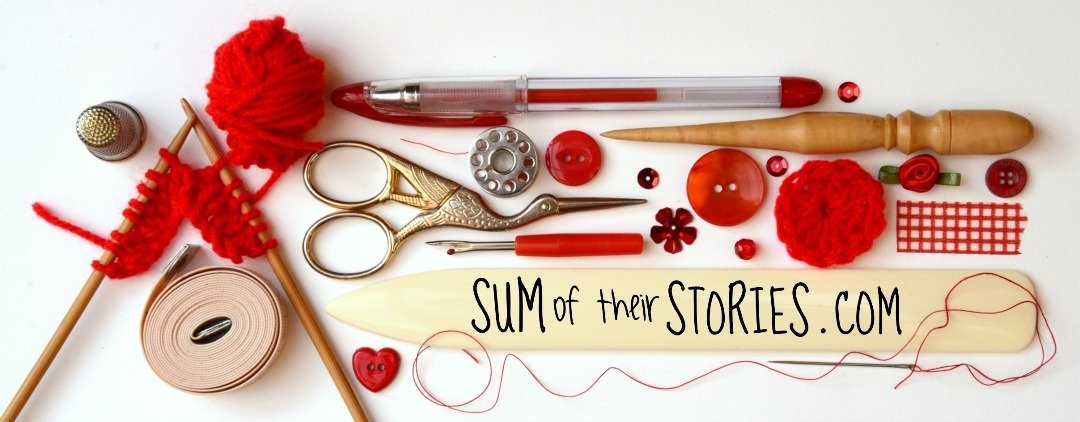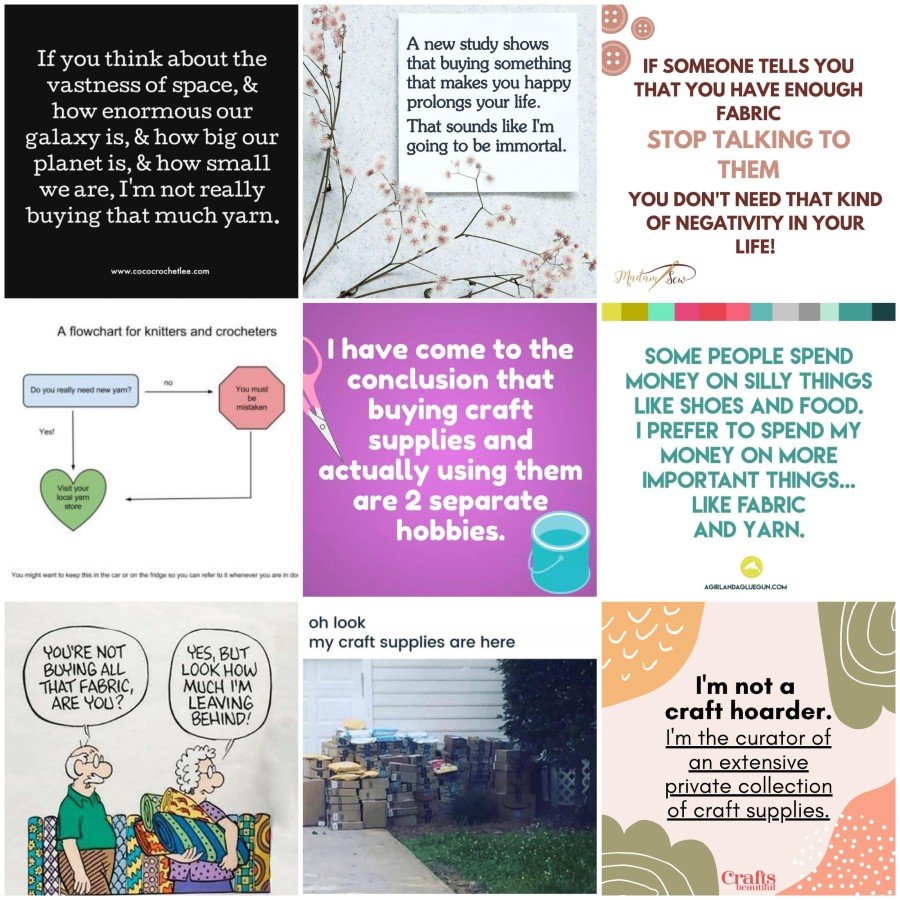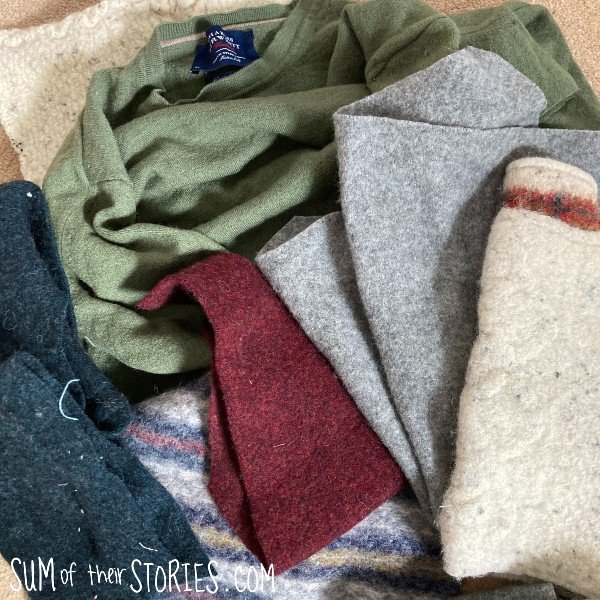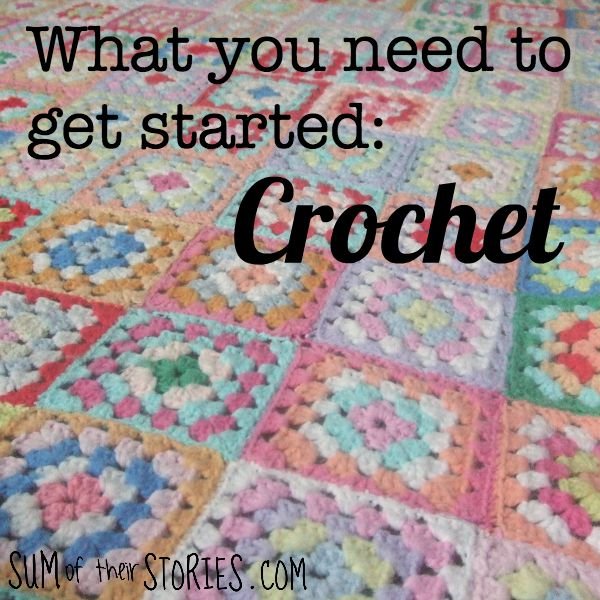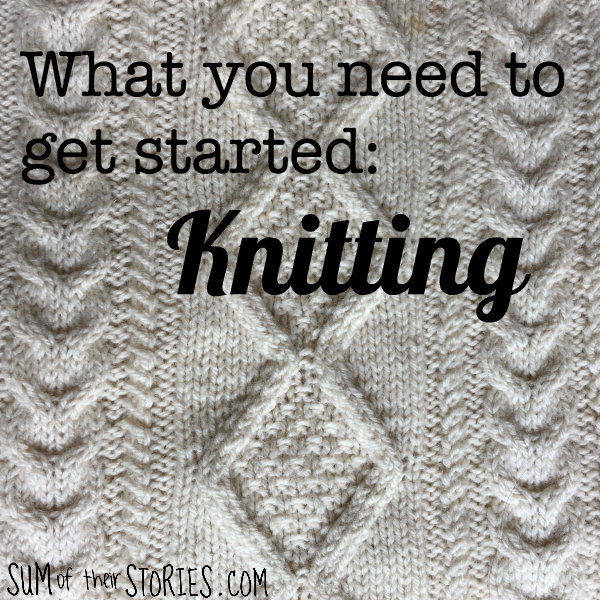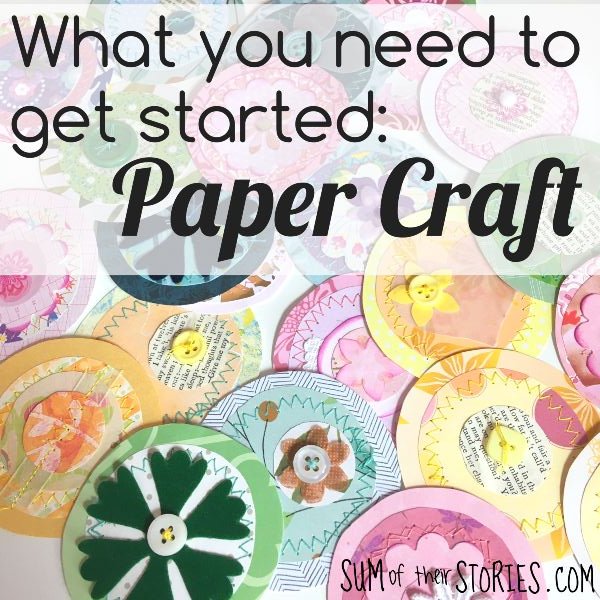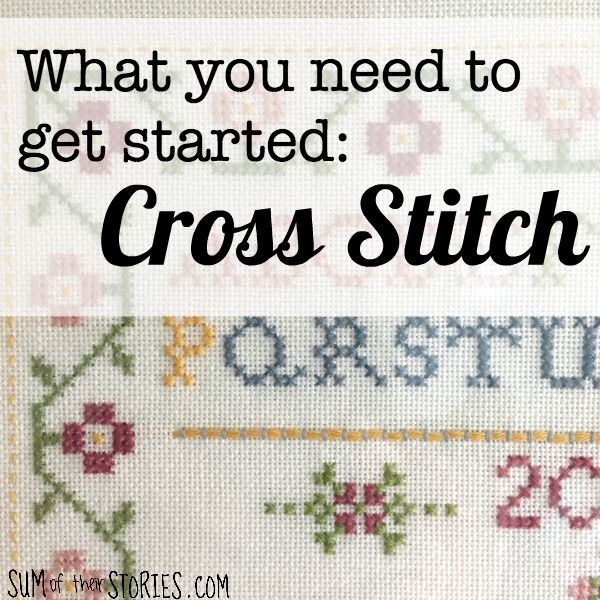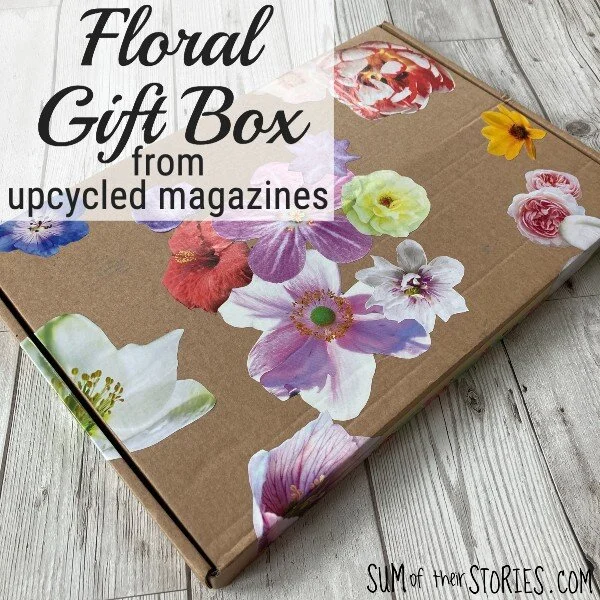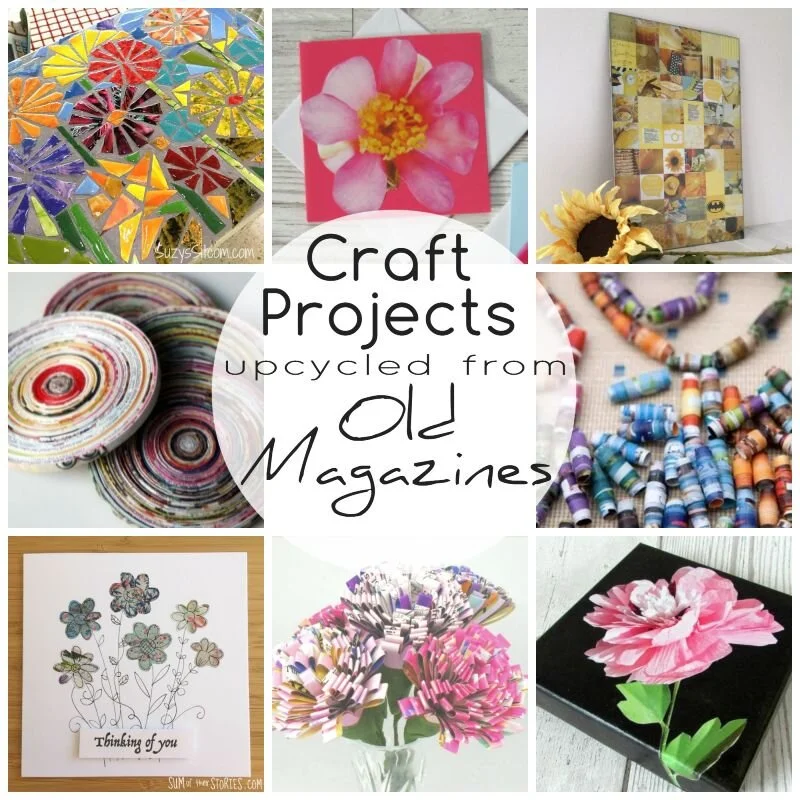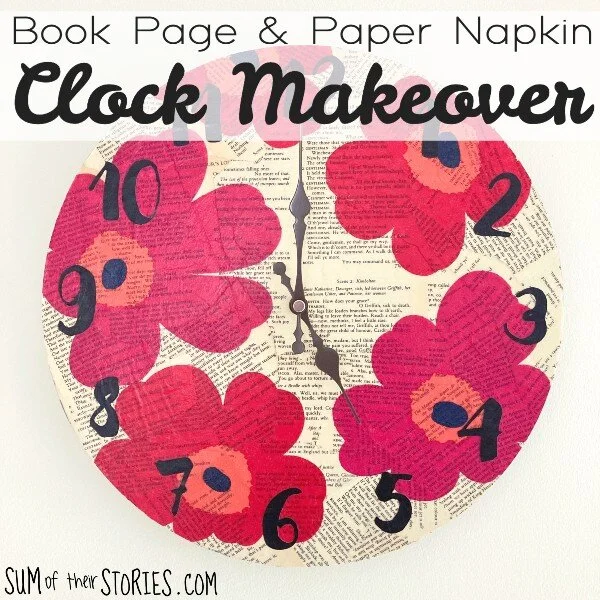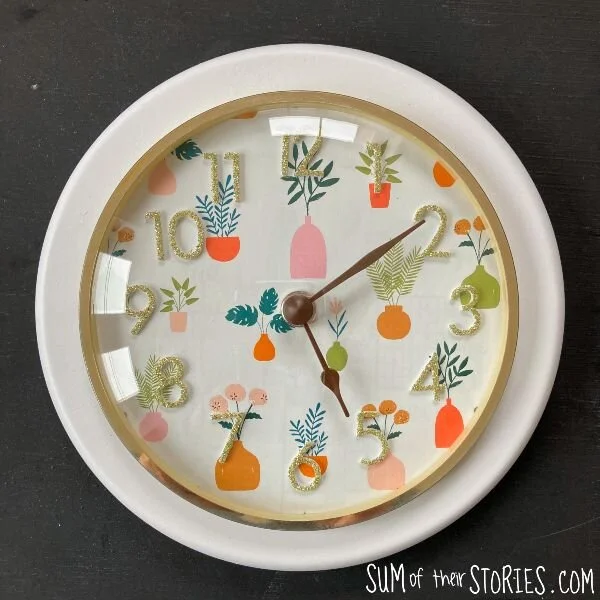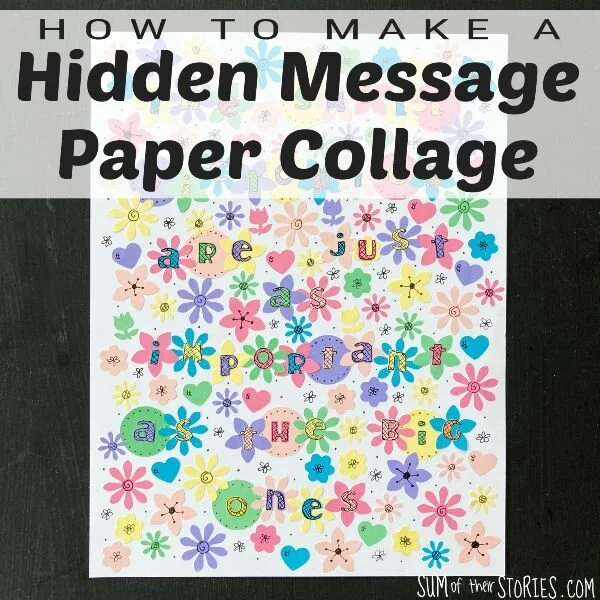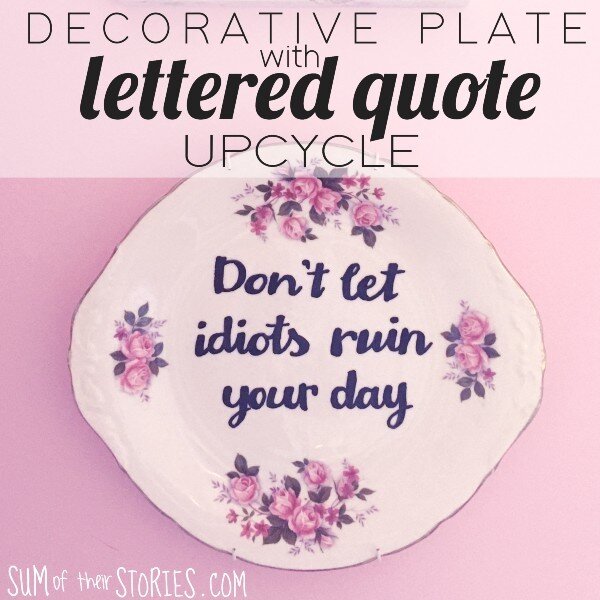Crafting on a Tight Budget
/Anyone who makes things, enjoys any sort of craft hobby, knows that crafting can be VERY expensive. We’ve all laughed at the memes about shopping, overspending, huge stashes of stuff, hiding craft purchases from partners etc.
However, jokes aside, if you don’t have a lot of spare money for hobbies then being told you need to buy lots of things is very off putting. I’m in quite a few large international facebook groups for various crafts and it upsets me so much when I see newcomers talking about the pressure to have “all the things” before they feel they can start. I really want to spread the good news that you really don’t need “all the things” and you can enjoy crafts even on a tight budget. There are a lot of craft equipment and supplies out there that are truly lovely to have but it is most definitely possible to can enjoy your crafting and make beautiful things without spending a fortune.
How to save money when crafting
Let’s take a look at some of the ways you can craft on a small budget:
Upcycled Craft Materials - trash or treasure?
This is one of my favourite things to do, tight budget or not! There are SO many ways you can upcycle or recycle things you already have around the house for your craft projects. Why throw something away when you can use it? Good for your pocket AND good for the planet.
Everyday items that routinely get thrown away but have lots of craft potential:
Old Books - the library sometimes gives away damaged books for free, in charity shops you can pick them up for next to nothing.
Magazines - that’s a lot of colourful paper right there! Maybe try some of these magazine crafts
Junk Mail - more colourful paper
Envelopes - it’s just paper, and sometimes coloured paper, just crying out for you to use it again!
Plastic packaging - there are so many different types of plastic they can be tricky for recycling plants to handle, why not cut out the middleman and just reuse it yourself? Make a string dispenser or these pretty storage tubs.
Cardboard boxes - so useful as a base for so many things like this wreath.
Cardboard packaging - tissues/kleenex boxes, perfume, nice chocolates, tea, even cereal boxes sometimes have the most beautiful designs on them. Like these cards made from a pretty paper bag.
Empty food jars and tins - there are a million ways to upcycle these like this beaded lantern or this emergency wedding day kit.
Foil food trays - wash them well and they are great for embossing crafts.
Pretty Paper Napkins - there is always an odd 1 or 2 at the end of a packet, it’s perfect for decoupage. Like this jewellery box, clock makeover or this twig heart art.
Table confetti - what a waste if that just goes into the bin at the end of a wedding or party. Swoop a little into your handbag at the end of the night, no one will mind! Perfect for greeting card embellishments.
Old greeting cards - keep the cards you are given, what a fantastic resource they are. Cut them up, peel off elements, gems, bows etc like in these old cards into new cards ideas.
Sewing on a Budget
If you love to sew you’ll know that patterns and fabric can both add up and make it an expensive craft.
Never scrimp on thread, it’s totally a false economy. A thread that keeps snapping as you sew is no fun at all. Buy a quality brand like Gutermann, Coates or Mettler. But there are ways you can save money on your sewing:
Many old clothes can be refashioned to make something new.
Second hand bed sheets, duvet covers, table cloths and even curtains are a fabulous source of fabric.
Buying large size garments in a charity shop/thrift store can be considered a great source of fabric. There is some controversy with this as some people have pointed out that this leaves less choice for larger people shopping there. I usually check out the sale rails in our local charity shops, things there have been in the shop for months and not sold so I consider them fair game. You’ll have to make your own choice about how you feel about this though of course.
Garage sales, ebay, car boot sales and house clearances can be a great place to pick up zips, buttons etc.
Free patterns - the internet has lots of free sewing patterns, I love Peppermint Magazine for inexpensive or free patterns, there’s also quite a lot on my sewing clothes pinterest board. For online patterns you will need a computer and printer to download and print them though.
Craft equipment you already have
Before you head to the shops to buy specialist craft equipment consider what you already have at home:
Scissors - any scissors that cut can be used for your crafts. The only specialist scissors that are really necessary are a good pair of sharp scissors or a rotary blade for fabric (and only fabric) Cutting fabric with your kitchen scissors is no fun at all! But for everything else regular scissors will do the job.
The kids colouring pens and crayons - borrow them, they won’t mind. Beautiful artisan colouring pens and pencils are nice and you may want to get them one day but you can get great results with regular kids stuff too.
Do you need a craft cutting machine?
You DO NOT, I repeat DO NOT need to rush out and buy expensive machines to enjoy crafting, with maybe the exception of a sewing machine if you want to sew garments and soft furnishings. There are lots of amazing machine that cut out, emboss, draw etc. They are great and can do wonderful things but not one of them is essential for you to enjoy crafting. If you can afford one then fantastic, you should have one (or two!) but I see people in facebook craft groups worrying about how to afford them and I promise you they are not essential. You can do a lot with a pair of scissors or a craft knife. I would say that if you like papercrafting then a small guillotine is a good investment, getting straight edges and 90° angles is SO much easier, but they are a fraction of the price of a die cutting or electronic cutting machine.
Buying craft supplies second hand
There is most definitely a lively market for 2nd hand craft supplies. Ebay, Freecycle, Craigslist, Gumtree, local Facebook groups; where ever you live there are all sorts of online market places where you can pick up a bargain. Yard or garage sales, car boot sales and house clearances can also turn up an absolute bargain sometimes.
Fabric and threads bought second hand like this can be musty smelling, you need to be prepared to wash and/or disinfect any textiles.
Paints, inks, pens, adhesives etc can dry out so unless you can actually see them before you buy I’d advise caution when considering these second hand.
Knitwear Upcycling
Reusing old yarn
Old knitted or crocheted garments can, in theory be unravelled and then the yarn reused. I tried this recently and was really pleased with the results.
I had an old hand knitted cardigan which had a couple of stains and a button band which was not put in very well and was rather wavy. I could have just replaced the button band and covered the stains with some visible mending but instead I unravelled it and re knitted it into a tank top or sweater vest. The yarn was very wriggly after unravelling of course. I have seen some people washing yarn like this and the hanging it with weights to pull it straight as it dries. I’ve not had massive success with that in the past, it was a lot of work and the yarn might remain stubbornly wriggly! I tried a different route this time and knitted up this little vest using textured stitches; bands of purl stitches, moss stitch, andalusian stitch, simple patterns made with just knit and purl stitches to add texture. I used this simple free pattern from Drops Design.
Crafts with felted knitwear
Another option if you have old knitwear that has a high wool content is to felt it. You can then cut it without it unravelling and use it for all sorts of craft projects. Like this scarflette, this little Christmas decoration or these little embroidered lavender bag houses.
Craft supplies you should never scrimp on
There are just a couple of things that personally I would never scrimp on:
Adhesives - it’s just not worth it. Those cheap glue sticks and double sided tapes just don’t stick as well. Look for a proper recognised brand when buying adhesives, my favourites are Pritt Stick, Mod Podge and Art Glitter Glue, I’ve always found all products from Bostik and Tonic are pretty good too.
Sewing Thread - as I mentioned earlier, cheap thread is totally a false economy, go for a proper brand like Gutermann, Coates or Mettler.
You can find out more about the essentials you will need for Sewing, Knitting & Crochet and Papercrafting here, always with an eye on keeping your crafts budget friendly of course:
Craft Kits
A great way to try a new craft without spending lots of money is with a kit. Kits normally contain everything you need to complete at least one project and can work out really cost effective. Often you’ll end up with the equipment you need to do more of that craft if you like it too. For example, something like a needle felting kit will have the special needle felting needles, a needle felting pad and usually a little spare roving. An embroidery kit will leave you with a needle, hoop and at least a few lengths of embroidery thread once your project is complete. A crochet kit will have a hook to start your crochet hook collection.
The best thing about a kit is the way they allow you to try a new craft out before you invest too much money in it. If you don’t enjoy it as much as you thought you would you are not left with a cupboard full of supplies.
Hopefully this is a little food for thought about how you can save money and still enjoy all kinds of crafts. So many crafts like rag rugs or quilting have a long history of the make do and mend approach, by their very essence they shouldn’t be prohibitively expensive.
You can find all my craft ideas and tutorial with an upcycled or recycled element in the UPCYCLING AND RECYCLING IDEAS section for lots more inexpensive crafting ideas.
Do you have a top tip for saving money when enjoying your favourite craft? Let me know and I’ll add it here :-)
Julie
I’ll be sharing these ideas at some of these link ups
